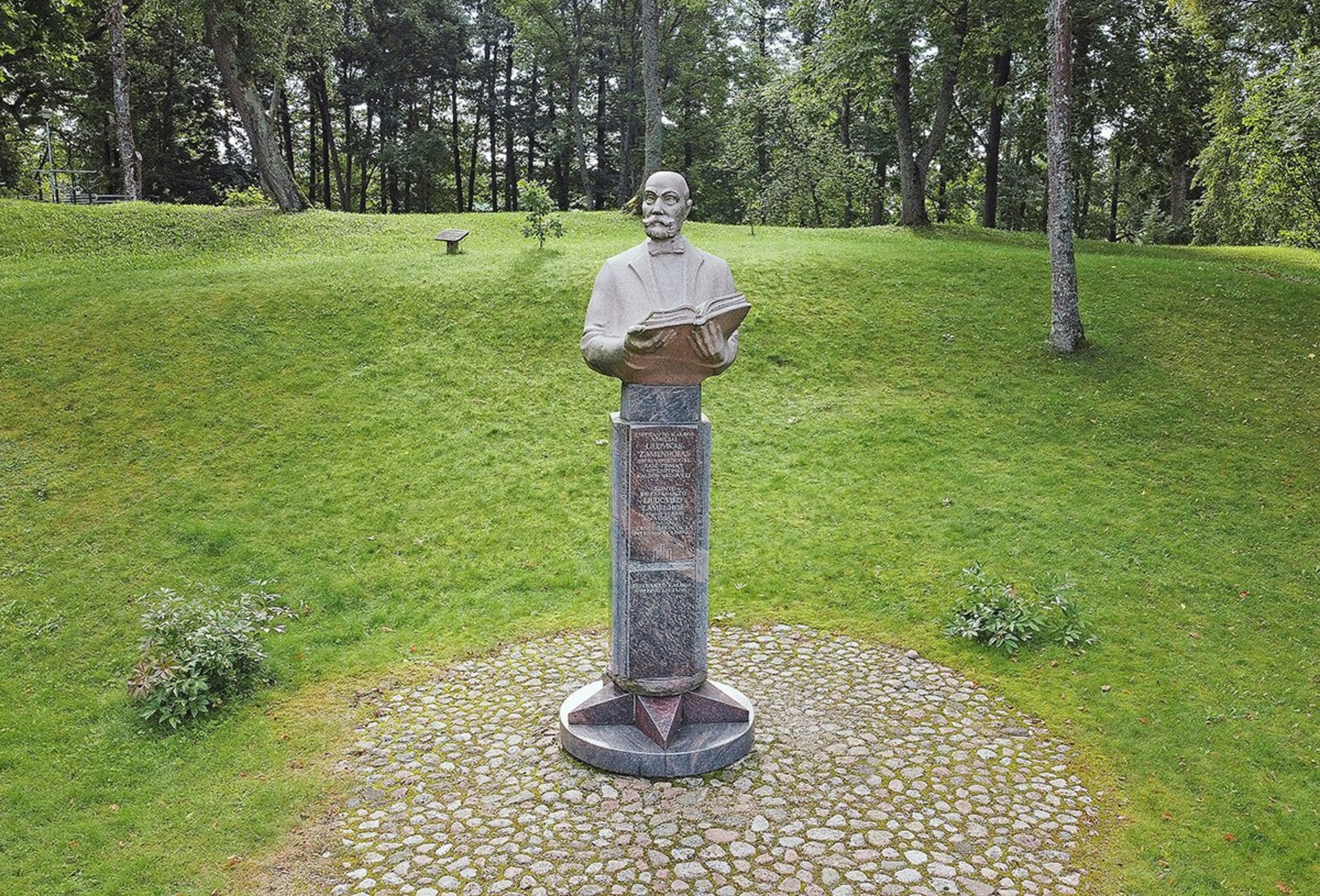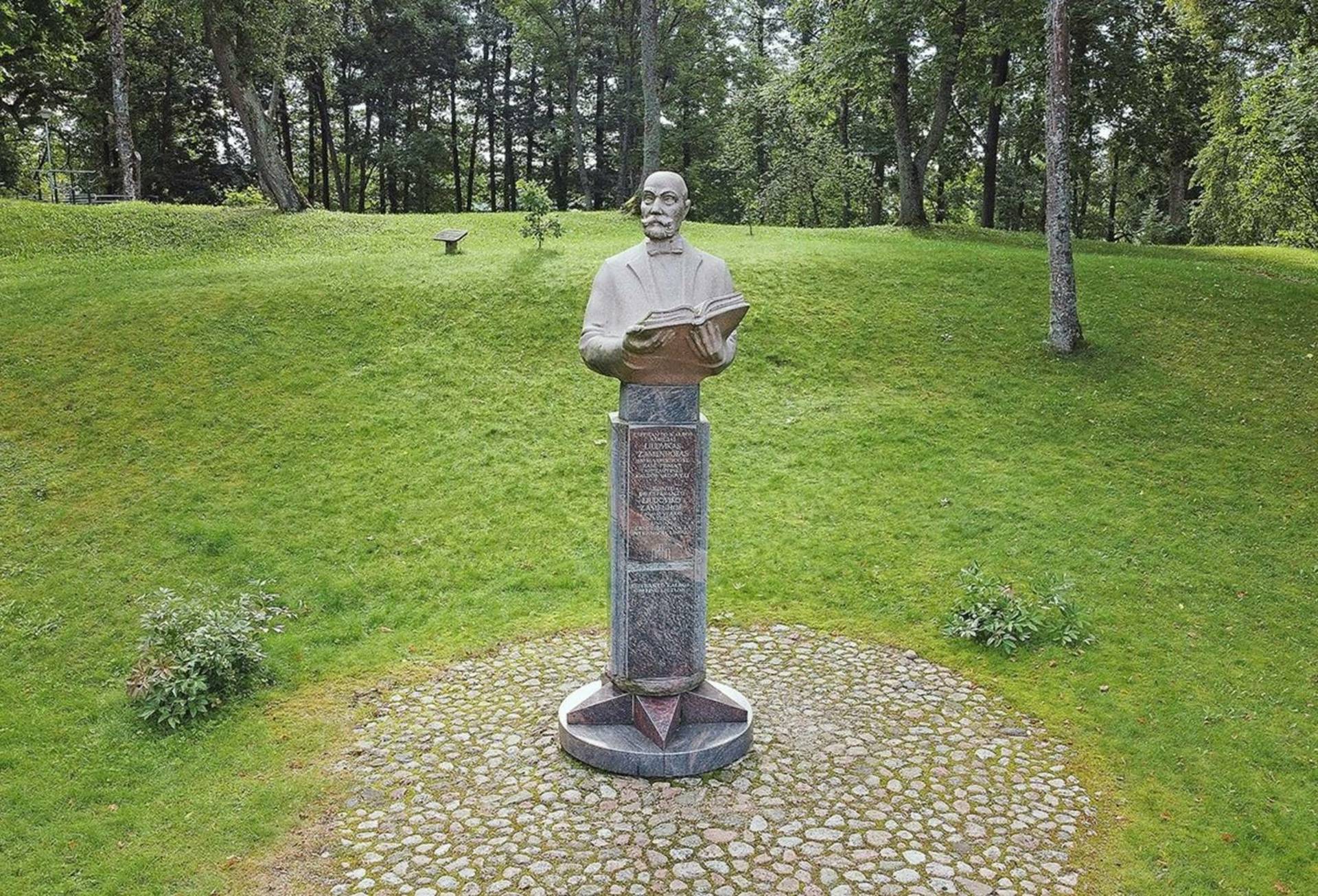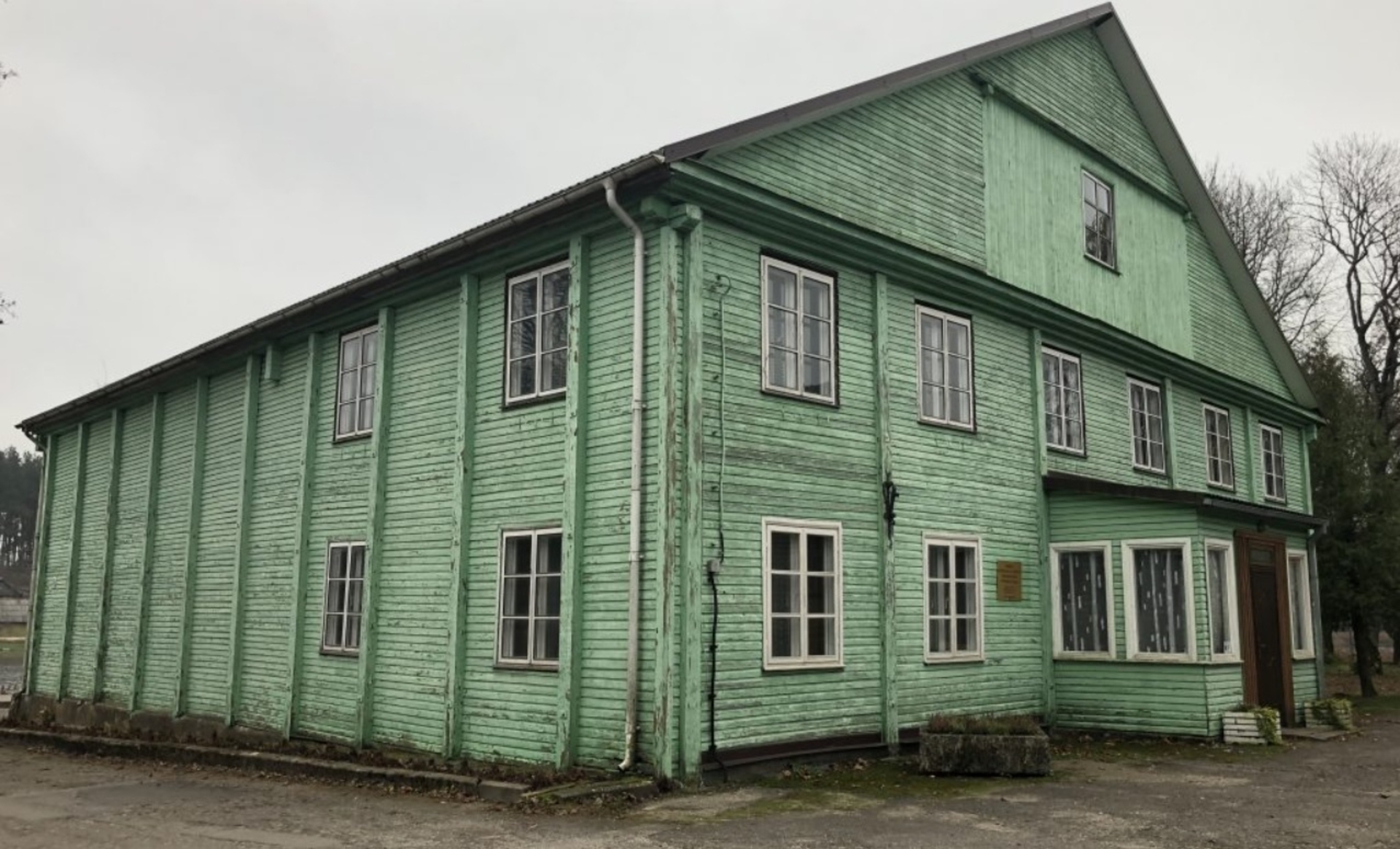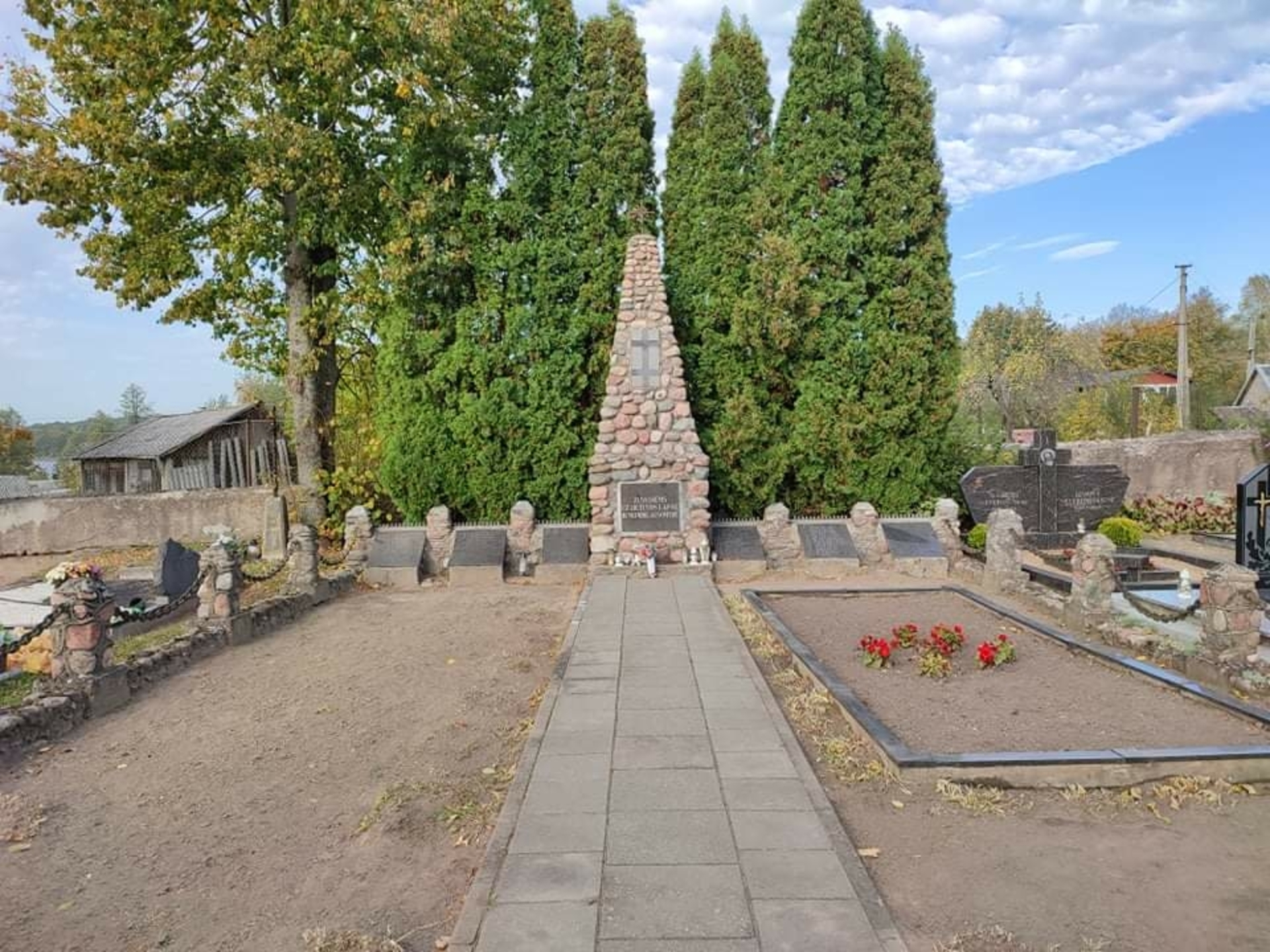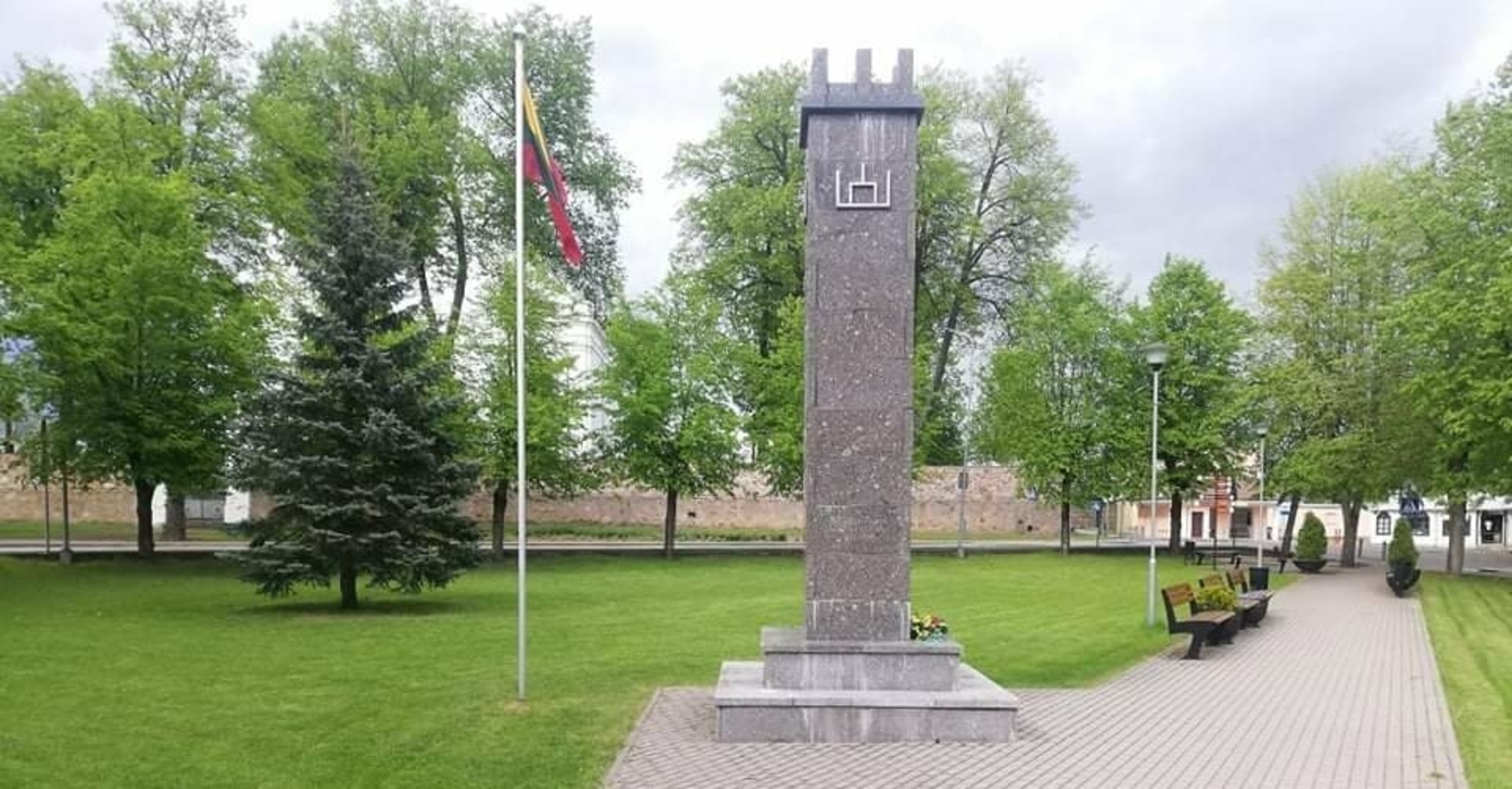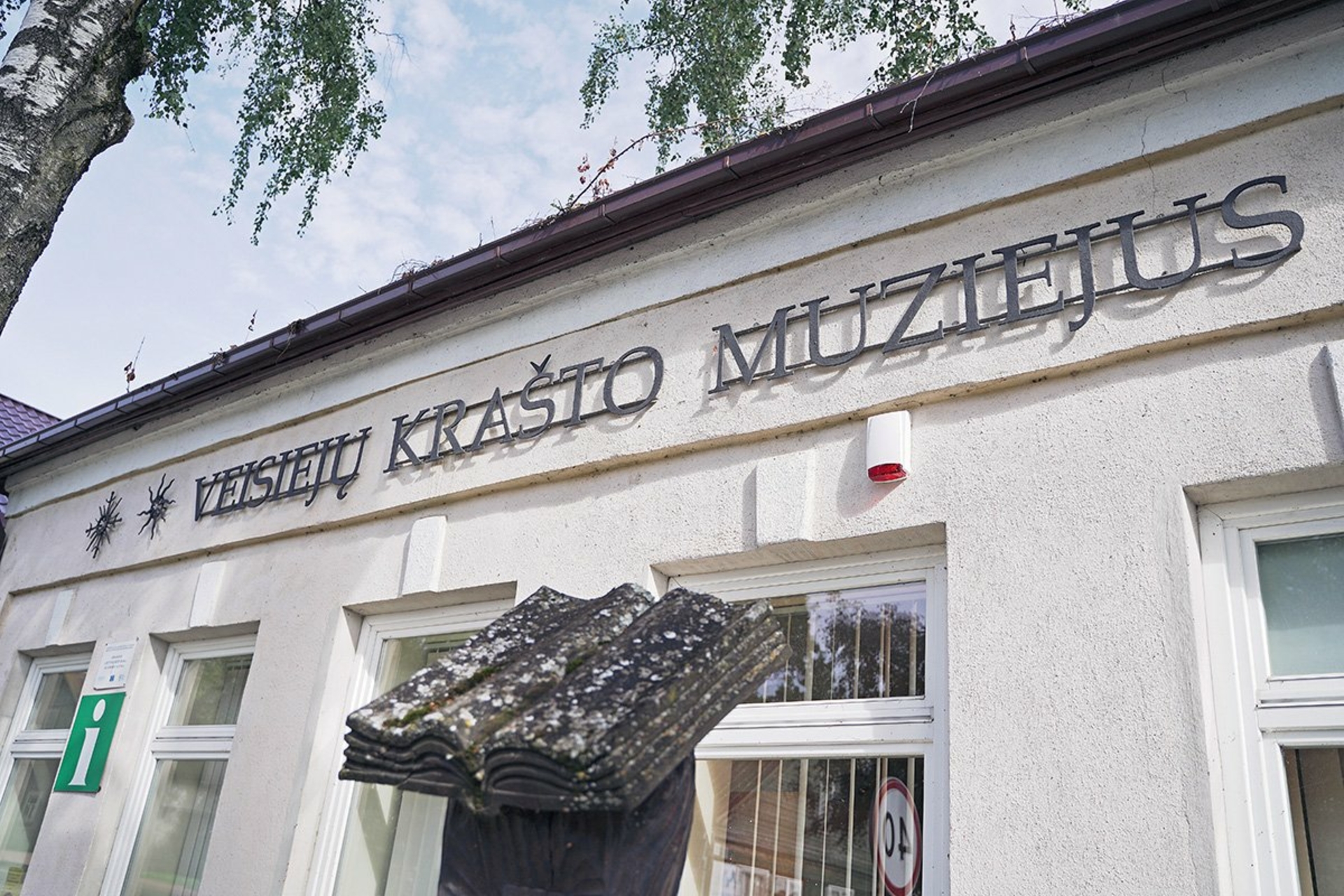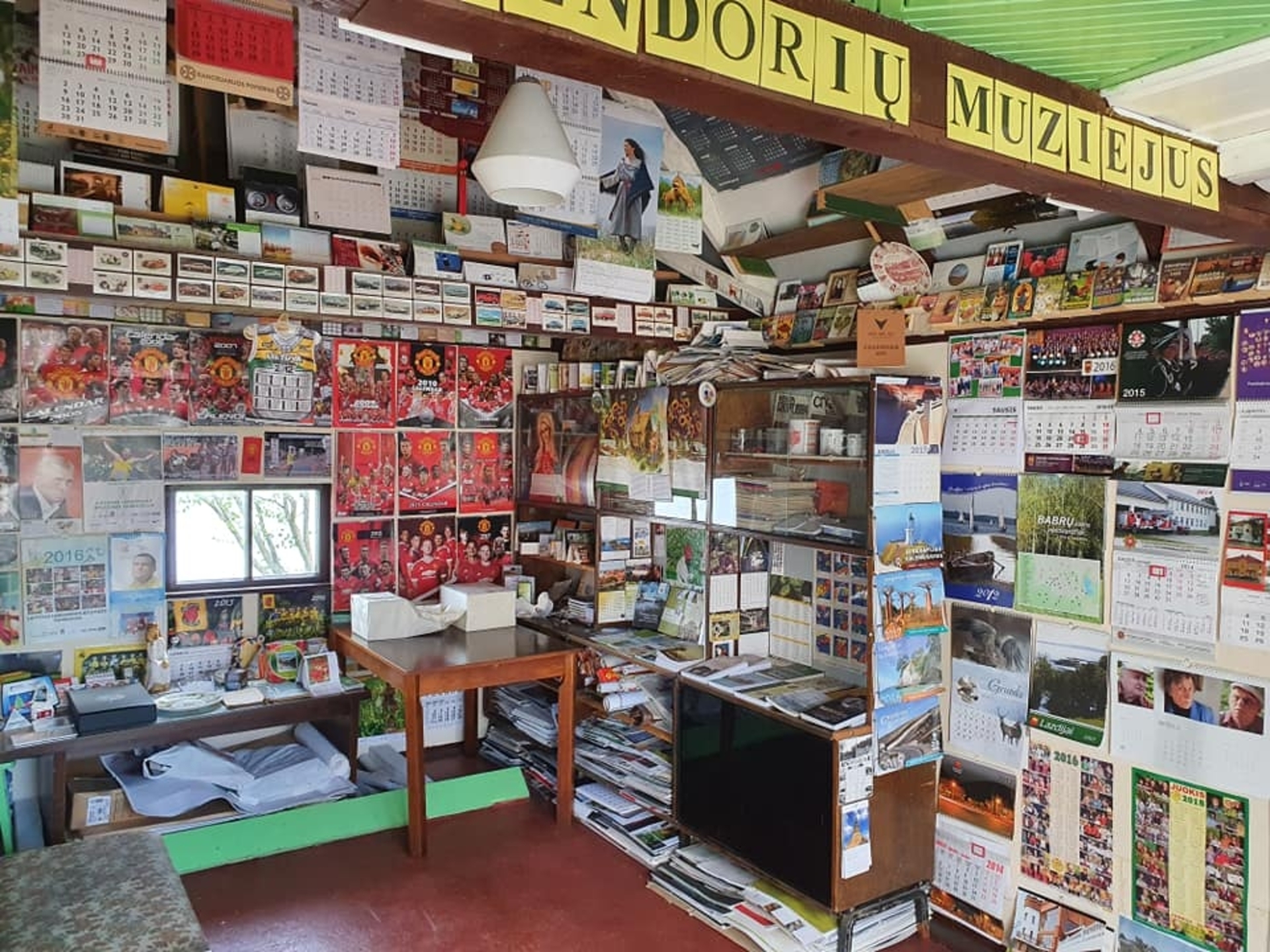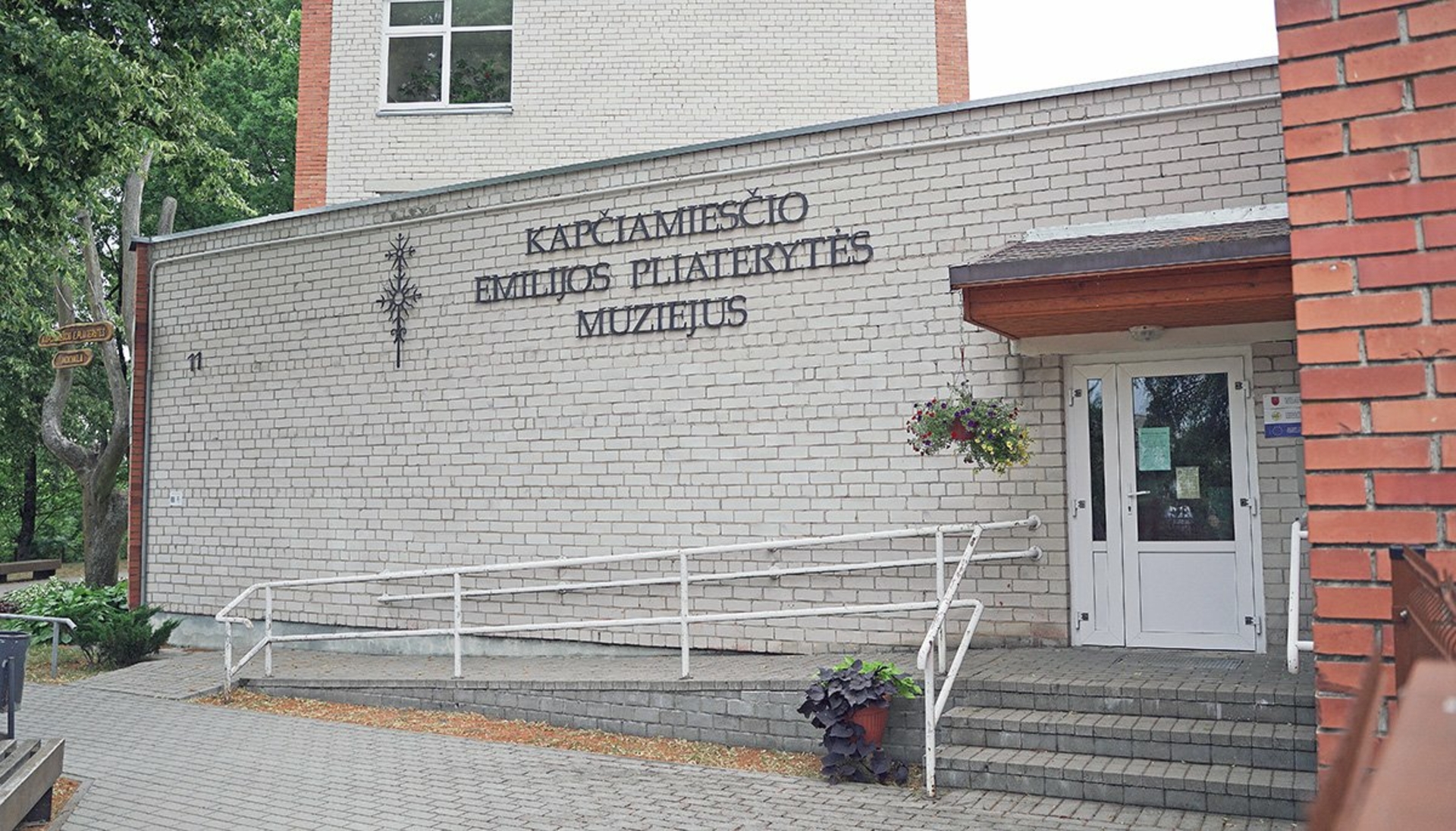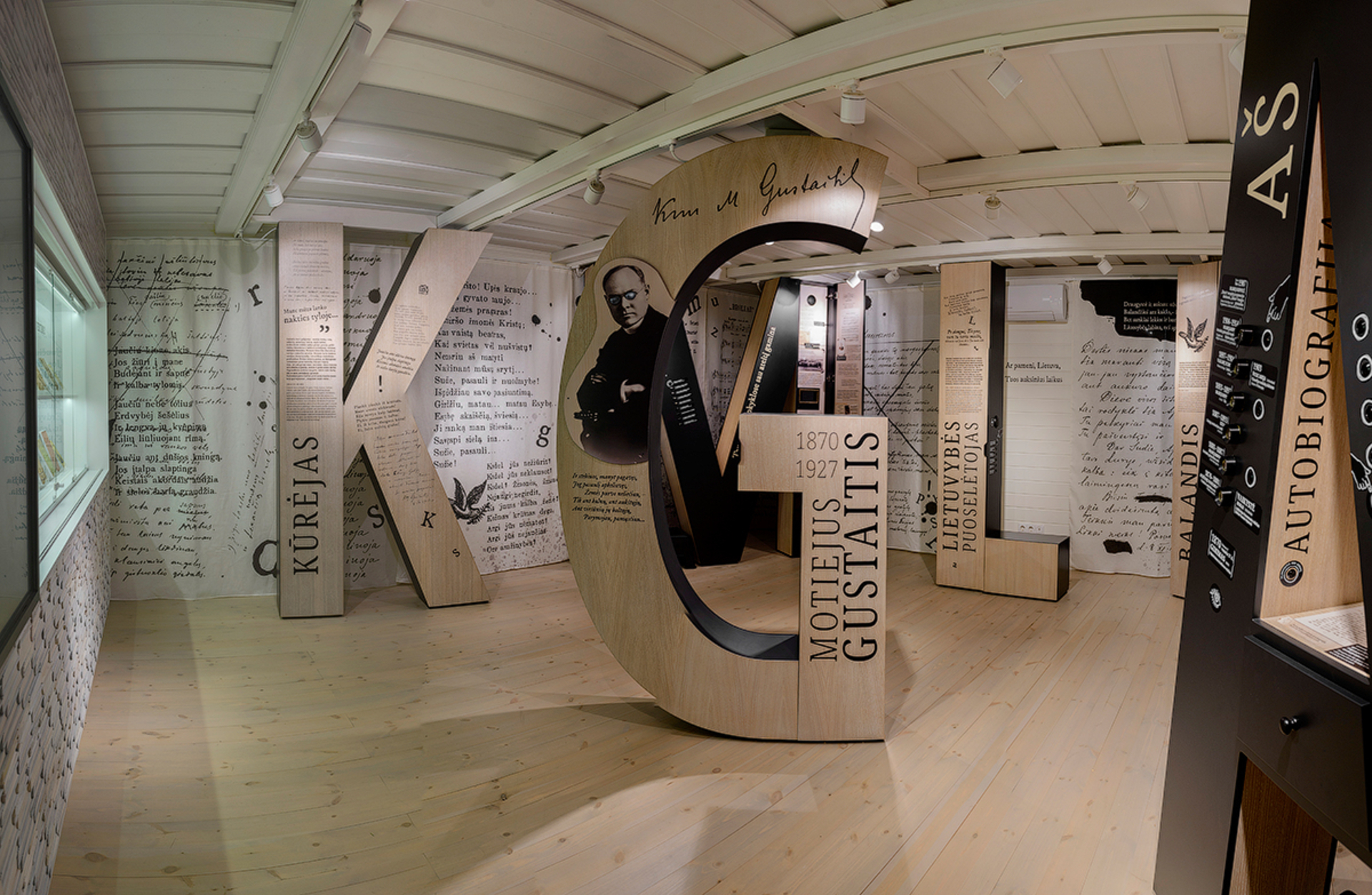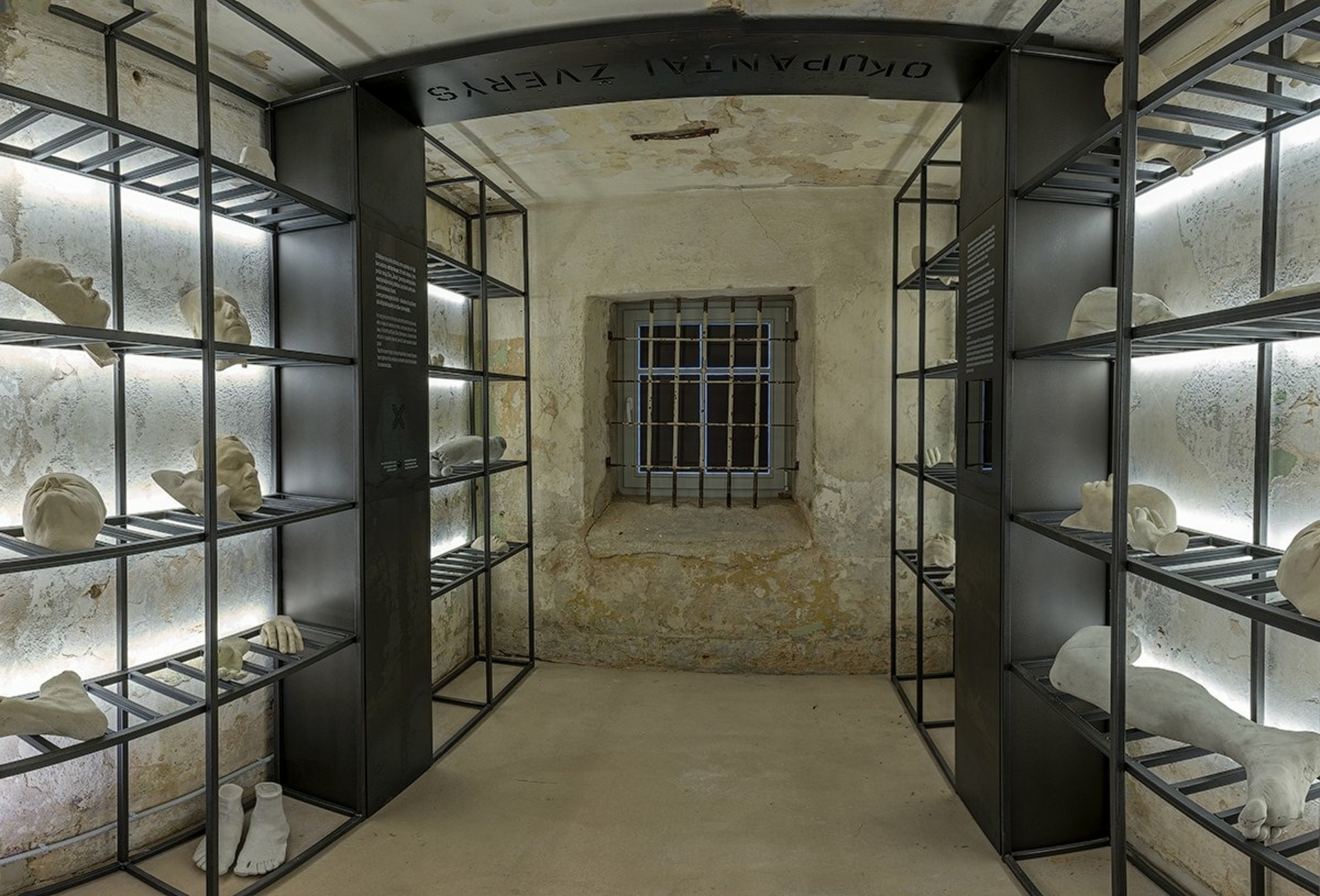Location of the House Where L.L. Zamenhof Lived

160

0

0
Ludwik Lazarus Zamenhof (1859–1917) is a renowned creator of the Esperanto language who lived in Veisiejai, Lithuania, from 1885 onwards. Born into a Jewish (Litvak) family in Bialystok, he diligently studied languages and learned up to 12 foreign languages during his schooling. During his school years, he created the first draft of his international language project. However, his father, not understanding his son’s ambitions, burned the manuscript and encouraged him to study medicine.
Info
-

Historical Heritage
-
Veisiejai
-
Whats new?
Nearby attractions
Nearest museums

 Entertainment
Entertainment
 Food establishments
Food establishments





























 54.103313, 23.701526
54.103313, 23.701526
 Get directions
Get directions








